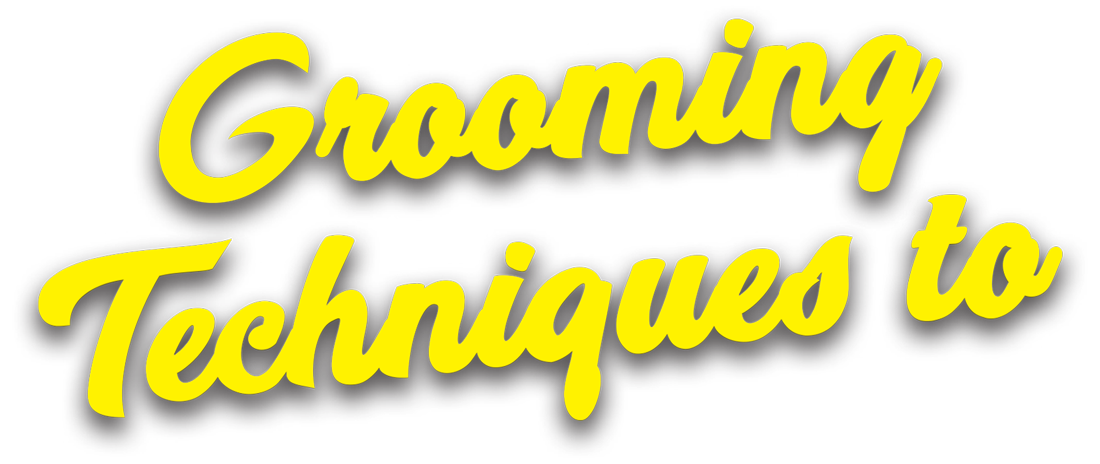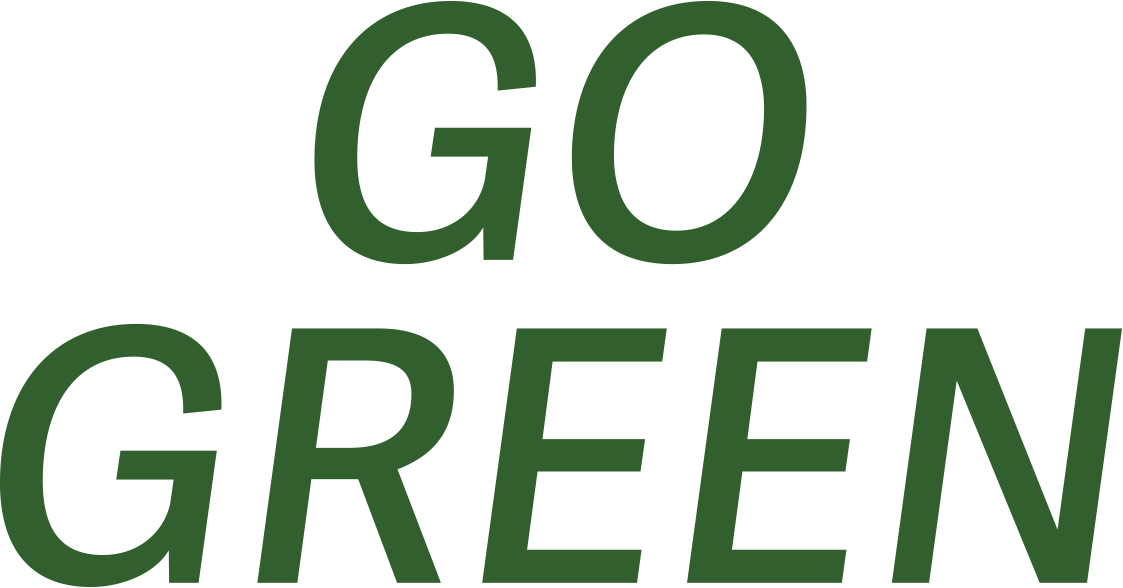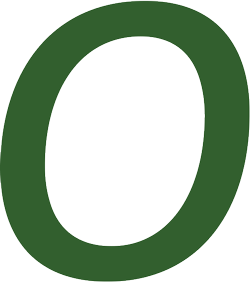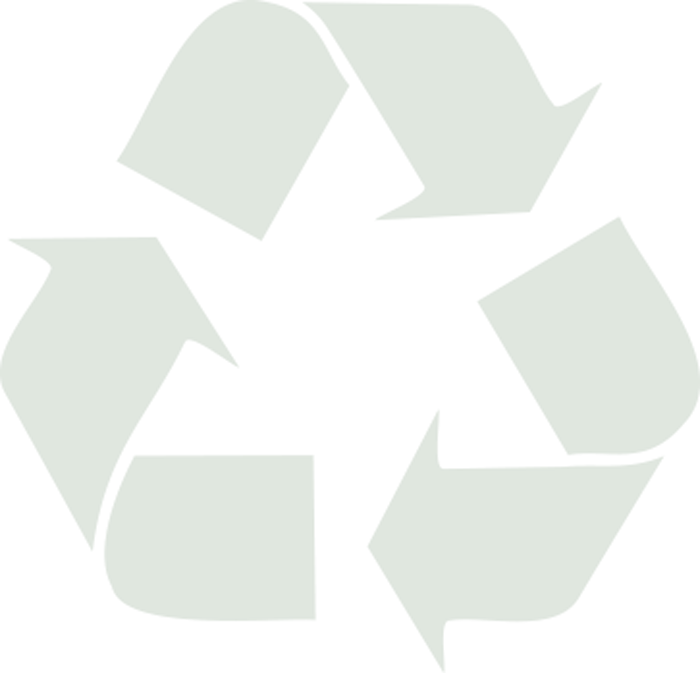

 ne of the big trends or fads right now is “Going Green.” Upon hearing this, many think about going digital versus printing paper copies, shutting off lights when not necessary, recycling or not letting the water run when brushing your teeth; essentially, we are talking about working to conserve natural resources. But, if we want to apply the concept to a grooming salon, what would that look like?
ne of the big trends or fads right now is “Going Green.” Upon hearing this, many think about going digital versus printing paper copies, shutting off lights when not necessary, recycling or not letting the water run when brushing your teeth; essentially, we are talking about working to conserve natural resources. But, if we want to apply the concept to a grooming salon, what would that look like?
First, we need to think about the areas where we use the most resources in our salon. Probably the two biggest resources are water and electricity which, on face value, would be hard to consider cutting back on either one of those. The good news is, it can be accomplished! However, it often requires changing old habits and learning new techniques.
Let’s start by looking at how we are using our products…
If any of you have attended my lectures, we teach several techniques that would be considered “Green.” The first is frothing your product. There is a lot of confusion, speculation and bad information that goes around the industry about why to froth. Frothing, in simple terms, is just a way of mixing the product to form a foam that will stay on the coat to prevent waste of product which, in turn, minimizes water use.

Let’s start with what the most-used resources are. It takes a lot of water to wet a coat like that and tons to rinse it out. It often seems like an eternity to get the coat dry afterwards as you work all the loose hair out. What if we dropped the hair in the shampoo stage, leaving only the guard hairs to rinse and dry? How would that change the resources used and time spent?
If we understand that dirt and dry, hard sebum are what actually hold the hair in on these dogs, we can use the close (condition)-open (shampoo)-close (condition) process to our advantage. By using the correct type of conditioner to do the first close, we start the process by breaking up the oils/greases of the skin. Oils dissolve oils (grease dissolves grease) is a basic principle to understand. Shampoo—unless it is a harsh degreasing shampoo—is not very efficient at this. If it is harsh, then it will strip the sebum off the hair which makes it twice as hard to remove during the blow-out. If it is mild, it only removes a small amount of sebum which is usually not adequate.
We typically leave the conditioner on in the first close step for about 10-15 minutes, then rinse. We then apply our shampoo along with a little oil (creates slip), leaving it on for five minutes, which will remove the other part of the “glue” (dirt) that holds the hair in. With the use of a strong directed hose nozzle, working the coat from the top to the bottom in a “Z” pattern, you can often drop 80-90% of the coat right there in the tub during the rinse. It is so much easier to pick up that wet hair and drop it in the trash versus blowing it all around the salon and having hours of clean-up afterwards.

You might be thinking, “Hold on Doc, you want me to spend up to 40 minutes doing all this? I can’t spend that much time!” But before you make that judgement, think about how much time you usually spend drying, combing out the dog and all the cleaning up afterwards. The glory of this technique is that the dead hair is already in the trash if you have done a good job up to this point. I have seen as much as an hour and a half shaved off a groom time (not including clean-up time) on a Great Pyrenees using this technique. The other great thing is that the dog is not ready to eat you because you haven’t been ripping and tearing hair out that was cemented in with sebum and dirt, causing them a lot of pain.
This is a win-win-win situation. Most importantly, the dog wins by not being as traumatized. You win because you have less wear and tear on your body, and your cost (time being the most expensive) of doing the groom is reduced so you can make more money. And, the last win is that we have met our goal of going more “Green” to save our resources (water, electricity, time, products, etc.) for future generations.

